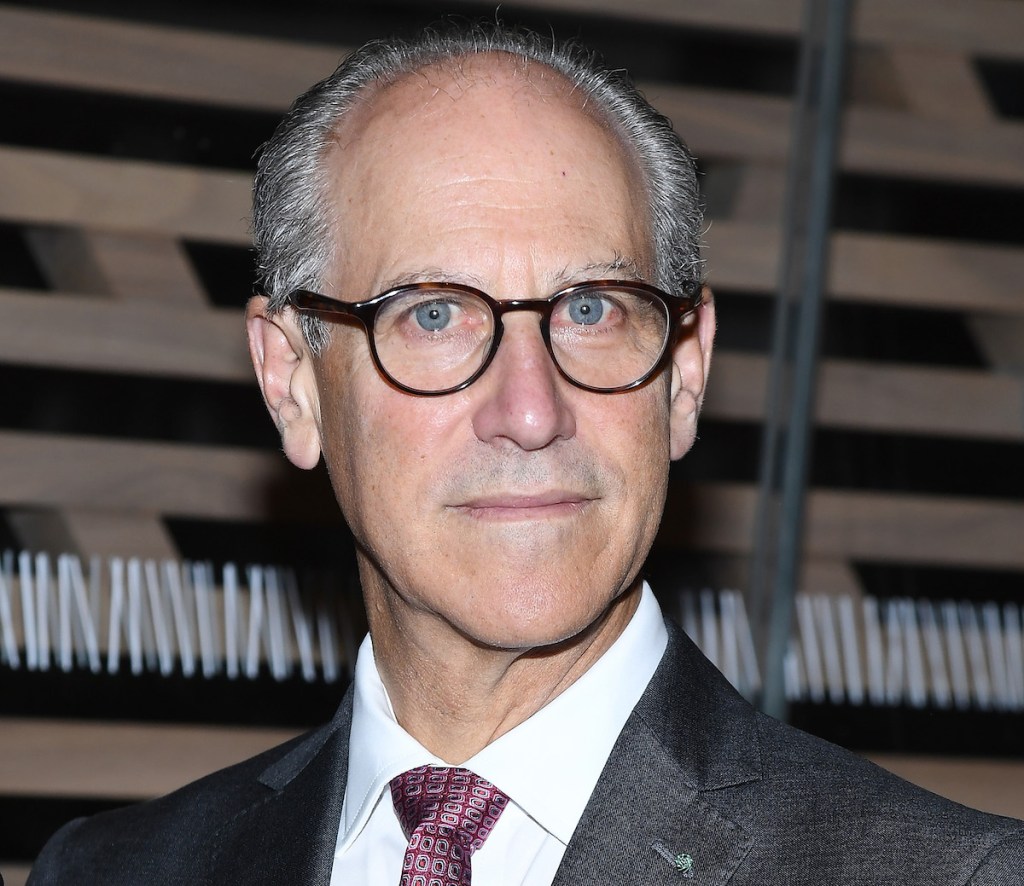Glenn Lowry, the director of New York’s Museum of Modern Art, will step down from his post in 2025, bringing to a close a 30-year tenure that will have made him the longest-serving leader in the institution’s history.
He has held the top post since 1995. When it was revealed in 2018 that he planned to continue through 2025, the museum parted with one of its cardinal rules: that “chief curators and other senior managers” retire at age 65. The policy, a MoMA spokesperson said at the time, “doesn’t offer enough flexibility to strategically recruit and retain a talented and experienced work force.”
Lowry, who is now 69, has already gone past that limit. When he retires in September 2025, he will be pushing 70.
“It’s the right moment to think about the future of the museum and I just thought, carpe diem,” Lowry told the New York Times, which first reported the news. “All the things I set out to do 30 years ago are either accomplished or in play in a very positive way.”
And, he told the Times, “I didn’t want to be the person who stayed too long.”
According to Marie-Josée Kravis, the museum’s chairman, Lowry’s decision to depart was made “by mutual agreement.” His contract “could have been renewed,” Kravis said, and there was talk in the New York art world that Lowry would remain on through 2029. Those rumors have now been proven untrue, and the top spot at the country’s foremost modern art museum will soon be open to someone new.
Under Lowry’s leadership, MoMA has been through a number of major shifts, including two renovations and one expansion. That expansion, which increased MoMA to 708,000 square feet in 2019, coincided with an influential collection rehang that diversified the galleries and broke down barriers between disciplines like art, architecture, dance, and film.
Initially, Lowry faced controversy for his attempts to expand the museum in 2014, a plan that called for the demolition of the American Folk Art Museum. MoMA ended up doing just that, much to the dismay of many architecture critics, but not before altering its plans for how it would do so.
Many of Lowry’s efforts to help MoMA grow have been successful. In 1999 he merged PS1, a contemporary art space in a former Long Island City school, with MoMA. During his tenure, attendance has increased as well.
When he joined MoMA in 1995, Lowry, then 40 years old, had already directed one other institution, the Art Gallery of Ontario in Toronto. He was also a scholar of Islamic art.
The joy surrounding MoMA’s 2019 rehang was short-lived, as the following year, barely two months in, the museum, like all others around the world, shuttered due to the pandemic. Budgets were slashed, and workers were laid off. But by 2023, it appeared that MoMA had bounced back, reporting to the Art Newspaper that it had welcomed 10 percent more visitors in 2022 than it had in 2019, during which it was closed for several months.
In more recent years, there has been scrutiny over certain MoMA board members, most notably Leon Black, who announced plans to step down as board chair in 2021 amid reports on his connections to Jeffrey Epstein. Black—who has also since been accused of rape, allegations that he has denied—remains a board member at the museum. There have also been protests by MoMA workers over the wages they receive.
Recently, the museum has mounted retrospectives for Joan Jonas, Wolfgang Tillmans, and LaToya Ruby Frazier, with a Thomas Schütte survey due to open later this month. Its exhibition program has recently shown a willingness to exhibit of less often seen sides of the collection, with one vast video art presentation earlier this year becoming the largest exhibition show devoted to that medium ever staged in MoMA’s history.

